The rise of quantum computing threatens traditional cryptographic systems, pushing the community to adopt post-quantum cryptography (PQC) following NIST’s 2016 call for proposals. While PQC algorithms promise resistance to quantum attacks, their security against classical attacks remains an open challenge.
🚨 Recent breakthroughs highlight the urgency:
🔹 SIKE & Rainbow—recently broken due to structural attacks.
🔹 Lattice-based cryptography, considered one of the most practical approaches, is also under scrutiny. Recent research shows vulnerabilities in Ring-LWE for certain parameters, raising concerns about the robustness of even leading candidates like Kyber.
In response, governmental agencies such as NIST, ANSSI, and BSI recommend hybrid cryptographic approaches—combining multiple key exchange mechanisms (KEMs) to ensure security against both quantum and classical threats.
💡 Our Approach:
We explore hybrid KEM constructions to enhance security through:
✔️ Cascade mechanisms—layering cryptographic primitives for stronger resilience.
✔️ Parallel combinations—designing schemes where breaking security requires breaking multiple components.
Ensuring IND-CCA2 security (protection against adaptive chosen-ciphertext attacks) in such hybrid schemes is non-trivial, but our research focuses on designing robust, future-proof cryptographic solutions.
🔎 How do you see hybrid cryptography shaping the future of cybersecurity? Let’s discuss in the comments! 👇
#Cybersecurity #PostQuantum #Cryptography #QuantumComputing #Security #HybridCryptography #NIST #PQC

